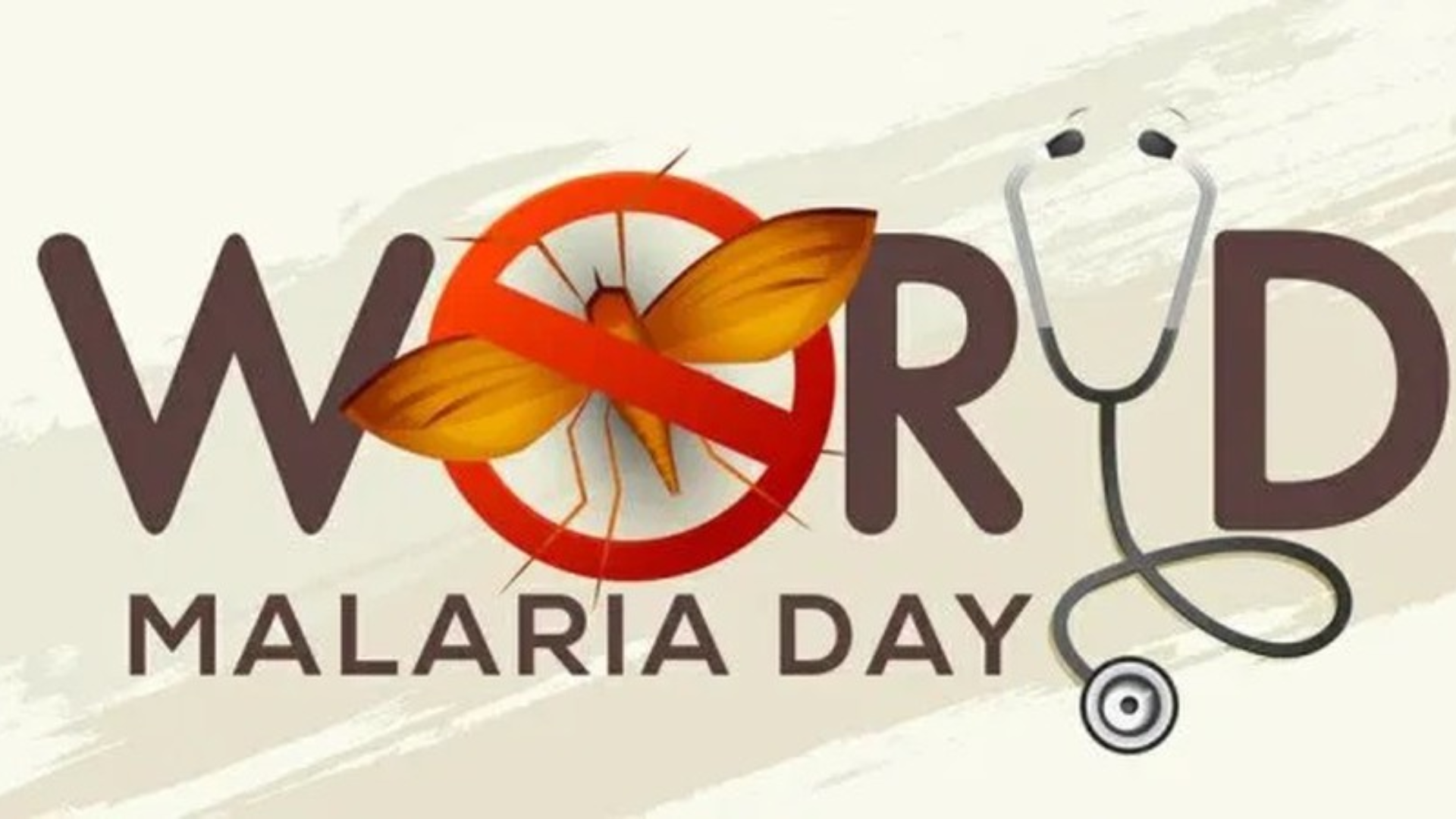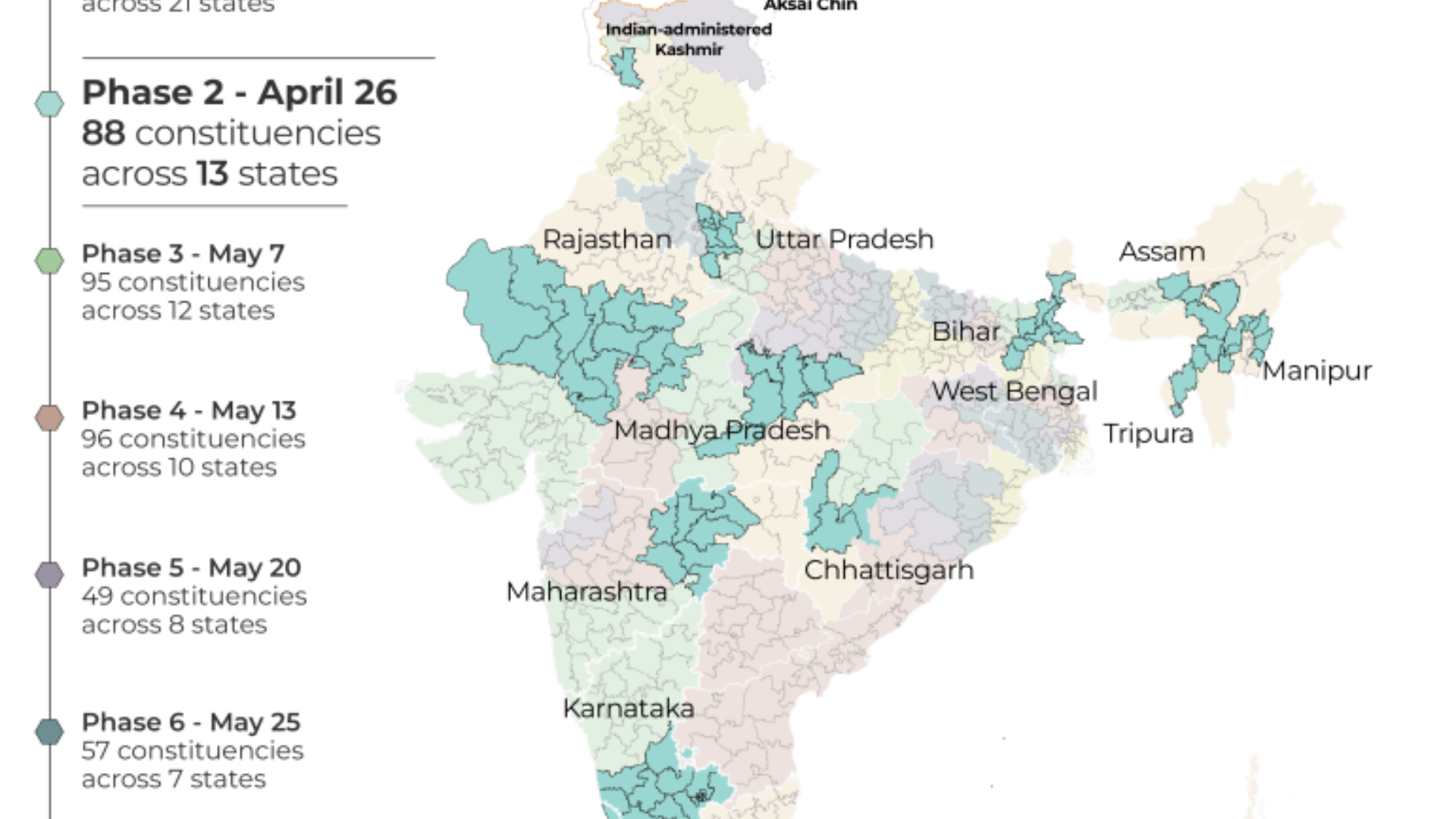










During its worst floods in history, more than one-third of Pakistan is flooded, according to satellite photos from the European Space Agency (ESA).
Food is in limited supply as water inundated millions of acres of crops and killed off hundreds of thousands of cattle, according to CNN, as dangerous floodwaters threaten to cause secondary calamities. Images taken by the ESA on August 30 show that the Indus River has overflowed due to torrential monsoon rain that was ten times more than typical, essentially forming a lengthy lake that is tens of kilometres wide.
In Pakistan, there are simultaneous food and health concerns as a result of the enormous flooding.
The possibility of widespread starvation is now much more real, according to the NGO Action Against Hunger, which estimates that 27 million people in the country did not have access to adequate food before the rains.
“As the floods continue to rise, saving and protecting lives is now our top concern. The scale of these floods has resulted in shocking levels of destruction, including the destruction of crops and the death of livestock across vast swathes of the nation, which will lead to increased hunger “said Saleh Saeed, leader of the Disasters Emergency Committee, a coalition of aid organisations based in the UK.
Earlier on August 30, Prime Minister Sharif said that there was a food crisis and that the cost of staples like tomatoes and onions had “skyrocketed.”
“My people need to be fed. They can’t let their tummies empty, “explained Sharif.
WHO has also declared the worst floods ever to hit Pakistan a “high-level emergency,” warning of a rapid spread of illness owing to a lack of access to medical care.
In the wake of the floods, the head of the World Health Organization (WHO), Tedros Adhanom Ghebreyesus, issued a warning about new outbreaks of diarrheal illnesses, skin infections, respiratory tract infections, malaria, and dengue, as well as a long list of waterborne illnesses that posed health risks.
Aid organisations have also issued warnings about an increase in infectious illnesses that may leave millions of people exposed to illness brought on by what the UN has dubbed a “monsoon on steroids.”
According to Pakistan’s National Disaster Management Authority (NDMA), more than 1,100 people have perished in the floods since mid-June, including over 400 children, and millions have been forced to flee their homes.










